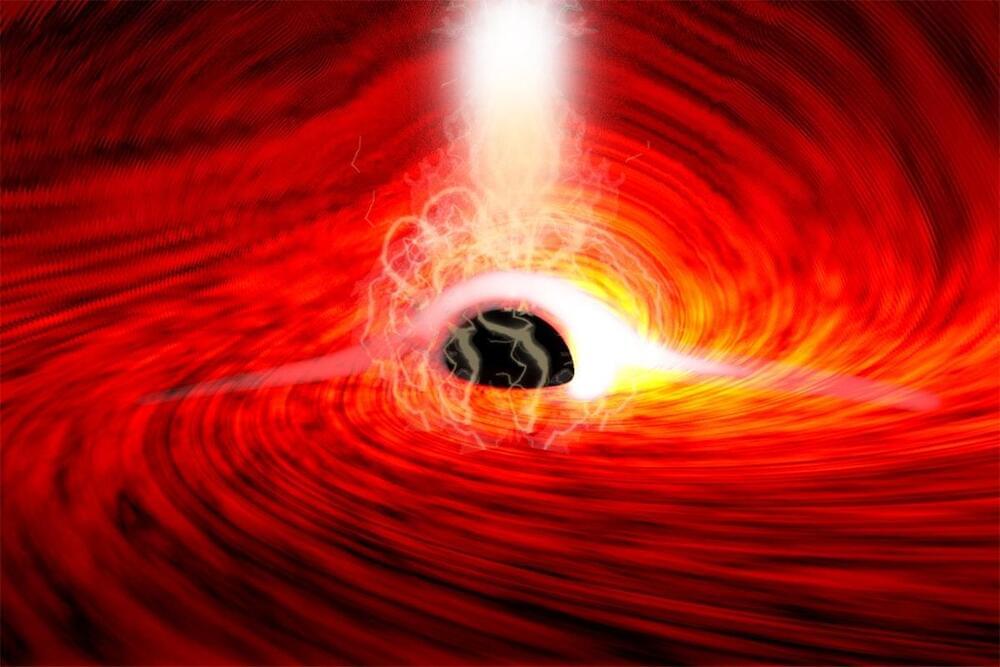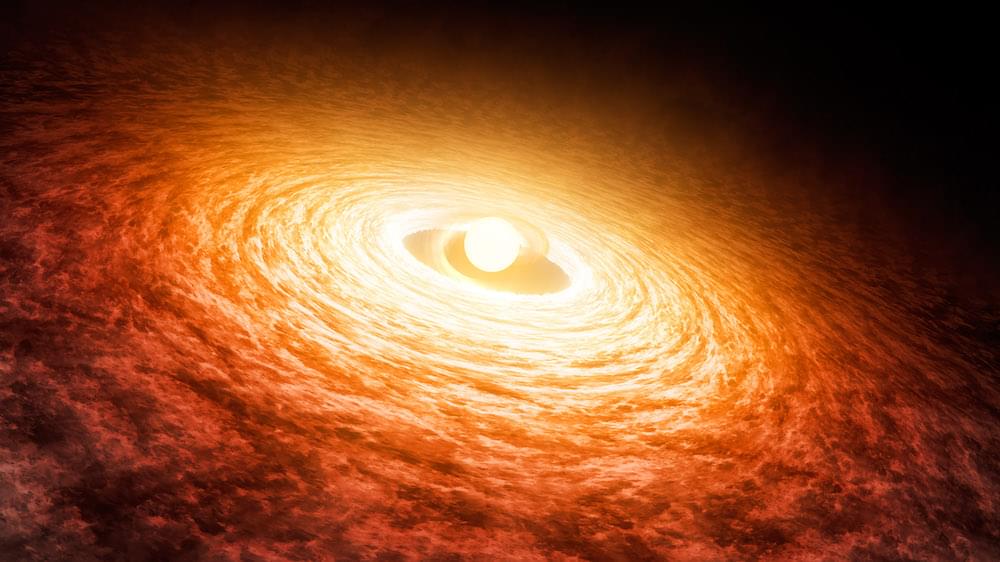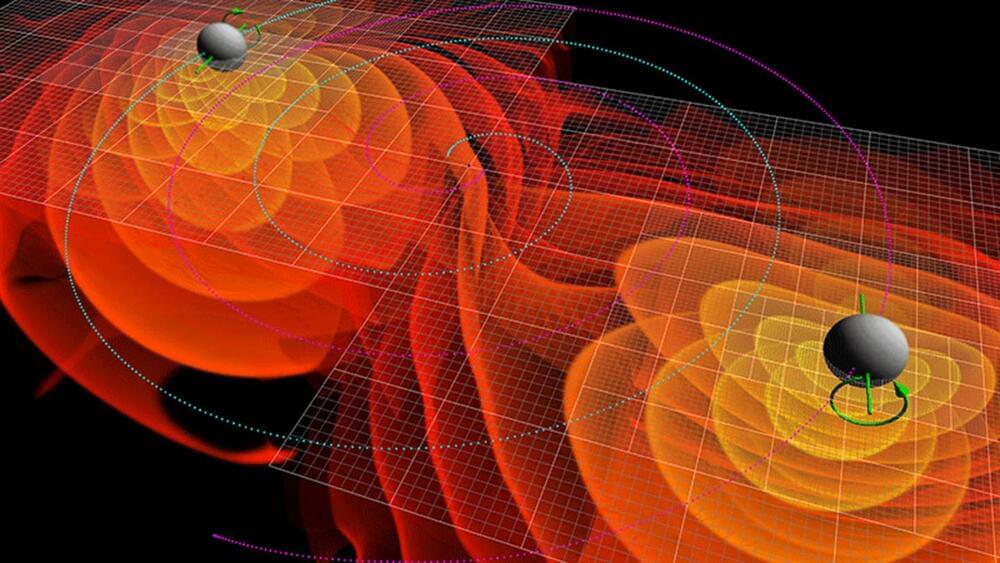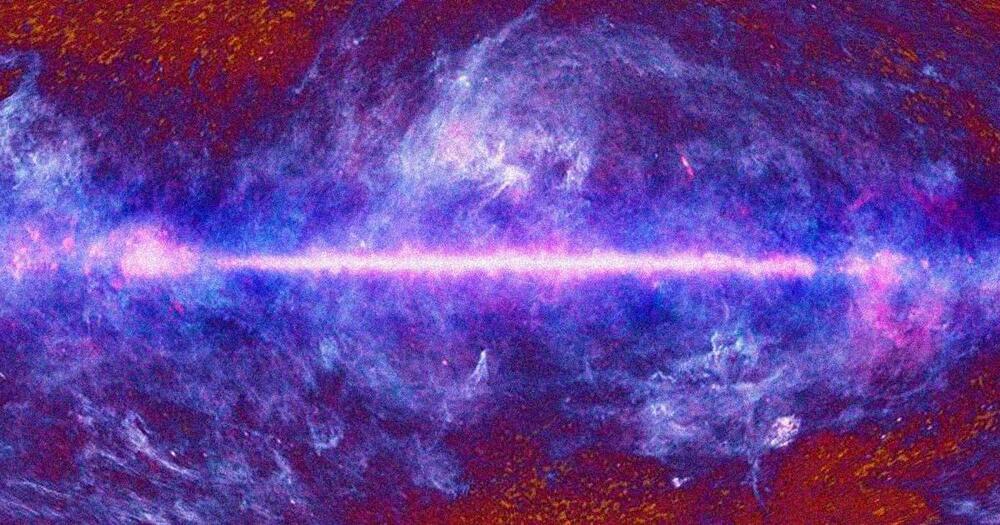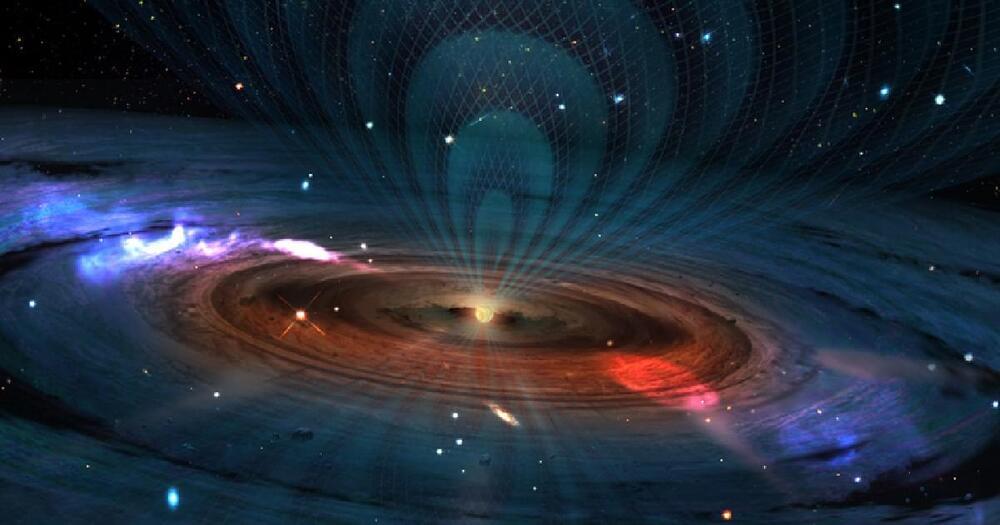Archive for the ‘cosmology’ category: Page 196
Aug 9, 2022
The physics of accretion: How the universe pulled itself together
Posted by Shubham Ghosh Roy in categories: cosmology, physics
To form a celestial object, start with a gas cloud and add gravity. Then, it gets complicated.
Accretion is one of the most fundamental processes in the cosmos. It is a universal phenomenon triggered by gravity, and the process by which bits of matter accumulate and coalesce with more bits of matter. It works inexorably on all scales to attract and affix smaller things to bigger things, from the tiniest dust grains to supermassive black holes.
Accretion creates everything there is: galaxies, stars, planets, and eventually, us. It is the reason the universe is filled with a whole bunch of somethings instead of a whole lot of nothing.
Continue reading “The physics of accretion: How the universe pulled itself together” »
Aug 7, 2022
The dark matter hypothesis isn’t perfect, but the alternatives are worse
Posted by Dan Breeden in categories: computing, cosmology, particle physics, satellites
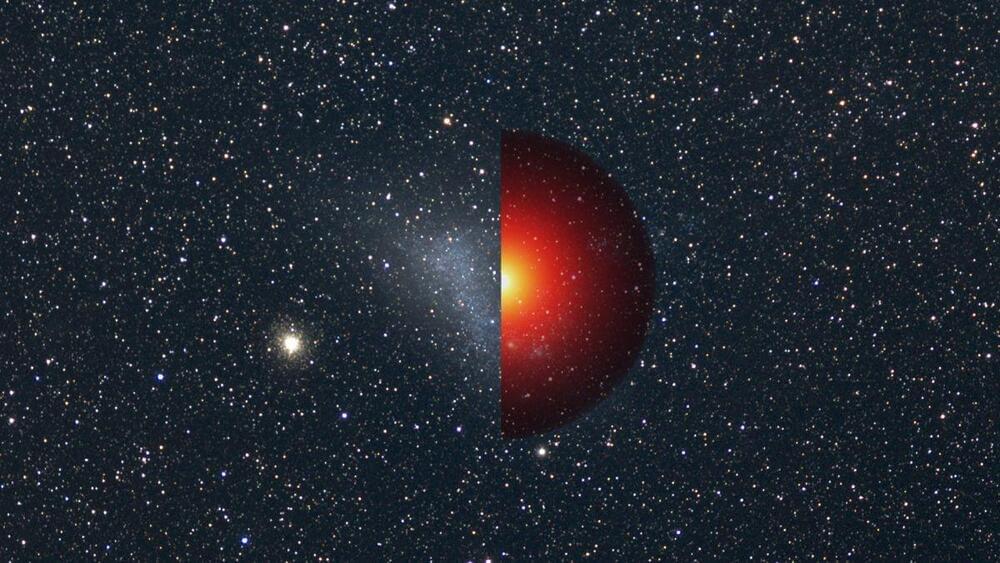
But the dark matter hypothesis isn’t perfect. Computer simulations of the growth of galaxies suggest that dark-matter-dominated galaxies should have incredibly high densities in their centers. Observations of real galaxies do show higher densities in their cores, but not nearly enough as those simulations predicted. Also, simulations of dark matter evolving in the universe predict that every galaxy should have hundreds of smaller satellites, while observations consistently come up short.
Given that the dark matter hypothesis isn’t perfect — and that we have no direct evidence for the existence of any candidate particles — it’s worth exploring other options.
Continue reading “The dark matter hypothesis isn’t perfect, but the alternatives are worse” »
Aug 5, 2022
Futureseek Daily Link Review; 05 August 2022
Posted by Tristan Hambling in categories: cosmology, cybercrime/malcode, economics, mathematics, particle physics, quantum physics, robotics/AI, space travel, surveillance
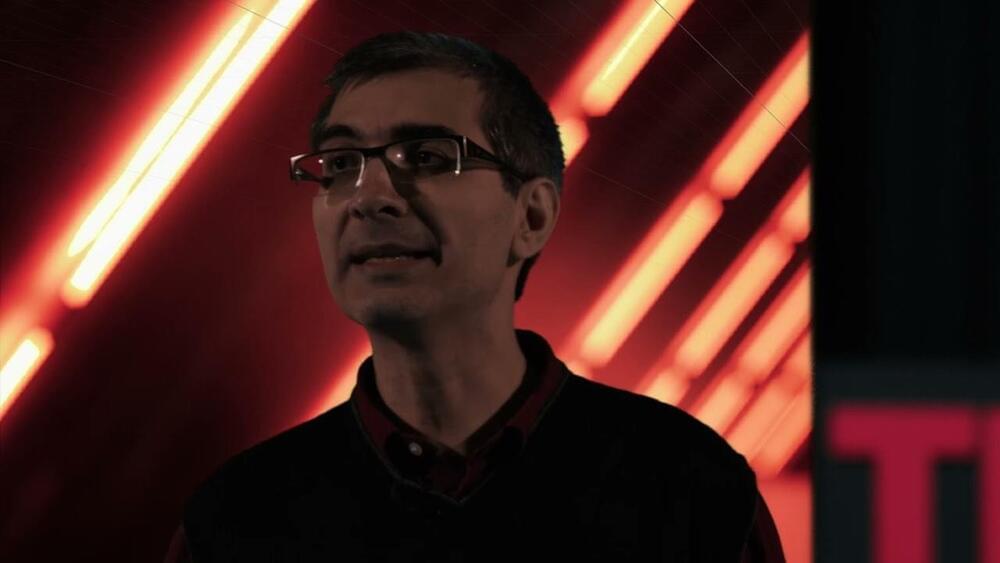
* At Long Last, Mathematical Proof That Black Holes Are Stable * Who Gets to Work in the Digital Economy? * Mice produce rat sperm with technique that could help conservation.
* Quantum computer can simulate infinitely many chaotic particles * Radar / AI & ML: Scaling False Peaks * Cyber security for the human world | George Loukas | TEDx.
Continue reading “Futureseek Daily Link Review; 05 August 2022” »
Aug 3, 2022
The universe’s oldest and farthest ‘dark matter’ finally revealed by scientists
Posted by Shubham Ghosh Roy in categories: cosmology, engineering
The faint light from galaxies far away prevented researchers from studying dark matter before. With this approach, they can peer further back in time.
Interesting Engineering is a cutting edge, leading community designed for all lovers of engineering, technology and
Aug 3, 2022
Two black holes merged despite being born far apart in space
Posted by Shubham Ghosh Roy in categories: cosmology, physics
A closer look at gravitational wave data reveals 10 overlooked mergers, including one between black holes that probably found each other late in life.
Aug 3, 2022
Time is the increase of order, not disorder
Posted by Dan Breeden in categories: cosmology, mathematics, particle physics
The received view in physics is that the direction of time is provided by the second law of thermodynamics, according to which the passage of time is measured by ever-increasing disorder in the universe. This view, Julian Barbour argues, is wrong. If we reject Newton’s faulty assumptions about the existence of absolute space and time, Newtonian dynamics can be shown to provide a very different arrow of time. Its direction, according to this theory, is given by the increase in the complexity and order of a system of particles, exactly the opposite of what the received view about time suggests.
Two of the most established beliefs of contemporary cosmology are that the universe is expanding and that the direction of the arrow of time in the universe is defined by ever-increasing disorder (entropy), as described by the second law of thermodynamics. But both of these beliefs rest on shaky ground. In saying that the universe is expanding, physicists implicitly assume its size is measured by a rod that exists outside the universe, providing an absolute scale. It’s the last vestige of Newton’s absolute space and should have no place in modern cosmology. And in claiming that entropy is what gives time its arrow, physicists uncritically apply the laws of thermodynamics, originally discovered through the study of steam engines, to the universe as a whole. That too needs to be questioned.
Continue reading “Time is the increase of order, not disorder” »
Aug 3, 2022
Scientists Just Detected the Oldest Dark Matter Ever Observed
Posted by Genevieve Klien in category: cosmology
Scientists at Nagoya University in Japan claim to have discovered dark matter that dates back 12 billion years ago, which would make it the earliest observation of the hypothetical substance to date.
Their findings — as detailed in a new paper published in the journal Physical Review Letters — could potentially offer some tantalizing answers about the nature of the universe.
Until now, observations of dark matter only went as far back as ten billion years. Any further than that, and the light was too faint to observe.
Aug 3, 2022
A Large Black Hole Collision Actually Shook Space-Time
Posted by Dan Breeden in category: cosmology
Aug 3, 2022
The Universe: Space Weapons Prepare for War (S4, E8) | Full Episode | History
Posted by Dan Breeden in categories: cosmology, military, satellites
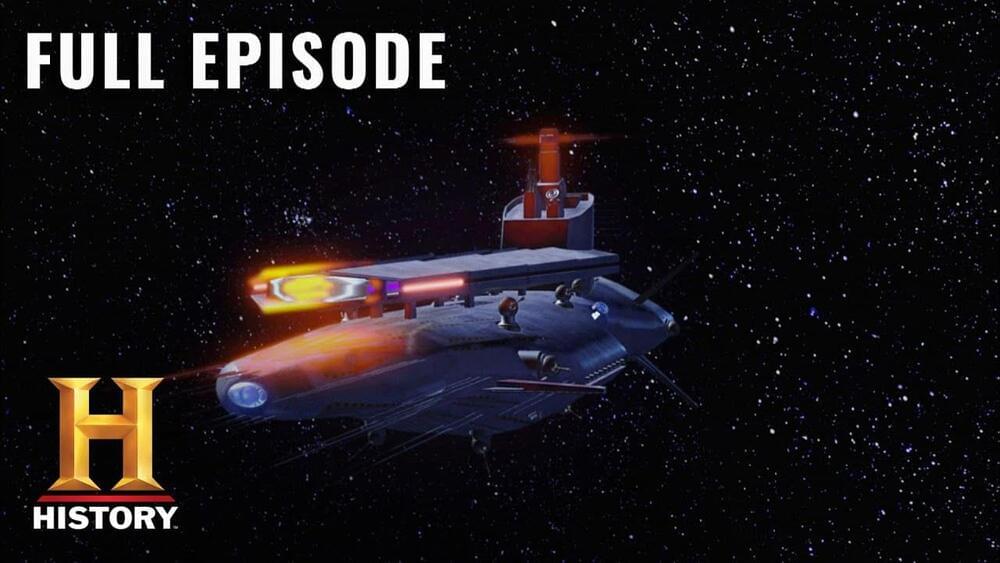
Outer space is already an essential part of America’s ability to fight wars. Our military depends on satellites for many things, such as communications, reconnaissance and targeting information. See more in Season 4, Episode 8, “Space Wars.”
#TheUniverse.
Continue reading “The Universe: Space Weapons Prepare for War (S4, E8) | Full Episode | History” »
